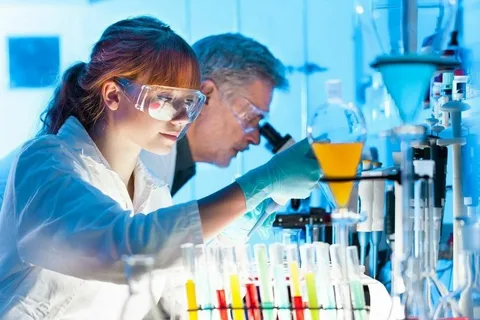Laboratories around the world are under increasing pressure to deliver accurate, reliable, and timely results. From environmental monitoring to pharmaceutical testing and food safety, the stakes are high. One step that often determines the quality of an entire analysis is sample preparation. While it may seem like a routine task, effective preparation can mean the difference between meaningful data and misleading outcomes.
Why Sample Preparation Matters
Every sample brought into the lab is complex. It might contain interfering compounds, background noise, or unwanted materials that can obscure the target analytes. Sample preparation techniques—such as solid phase extraction, solvent evaporation, and QuEChERS methods—are designed to clean up these matrices, isolate compounds of interest, and enhance the sensitivity of downstream analysis.
Without proper preparation, even the most advanced chromatography or mass spectrometry instruments can fall short. By ensuring clean and consistent inputs, scientists protect both the accuracy and reproducibility of their results.
Applications Across Industries
The importance of preparation extends across a wide range of disciplines:
- Environmental Science: Detecting contaminants such as pesticides, industrial chemicals, or emerging pollutants like PFAS requires precise clean-up methods to meet regulatory standards.
- Forensic Toxicology: When analyzing blood, urine, or oral fluid samples for controlled substances, reliability is crucial for both public safety and justice.
- Food Safety: From pesticides in produce to residues in fish tissue, laboratories must carefully extract and analyze compounds to safeguard consumers.
- Pharmaceutical Research: Drug development and quality control depend on reproducible extractions to ensure medicines meet efficacy and safety requirements.
Innovation in Practice
Advancements in materials science and column design have allowed laboratories to streamline their workflows while maintaining high accuracy. Tools like delay columns to reduce background noise or solvent evaporators for efficient recoveries are reshaping how professionals approach everyday tasks. Case studies and application notes from working labs demonstrate how these methods make compliance and efficiency achievable even under demanding conditions.
Building Trust in the Data
Ultimately, the goal of any laboratory is trust—trust in the data, trust in the process, and trust in the results. Organizations such as United Chemical Technologies have played an important role in developing the tools and methodologies that support this trust. By focusing on innovation in sample preparation and chromatography, they help ensure that the results reported by scientists truly reflect reality.


